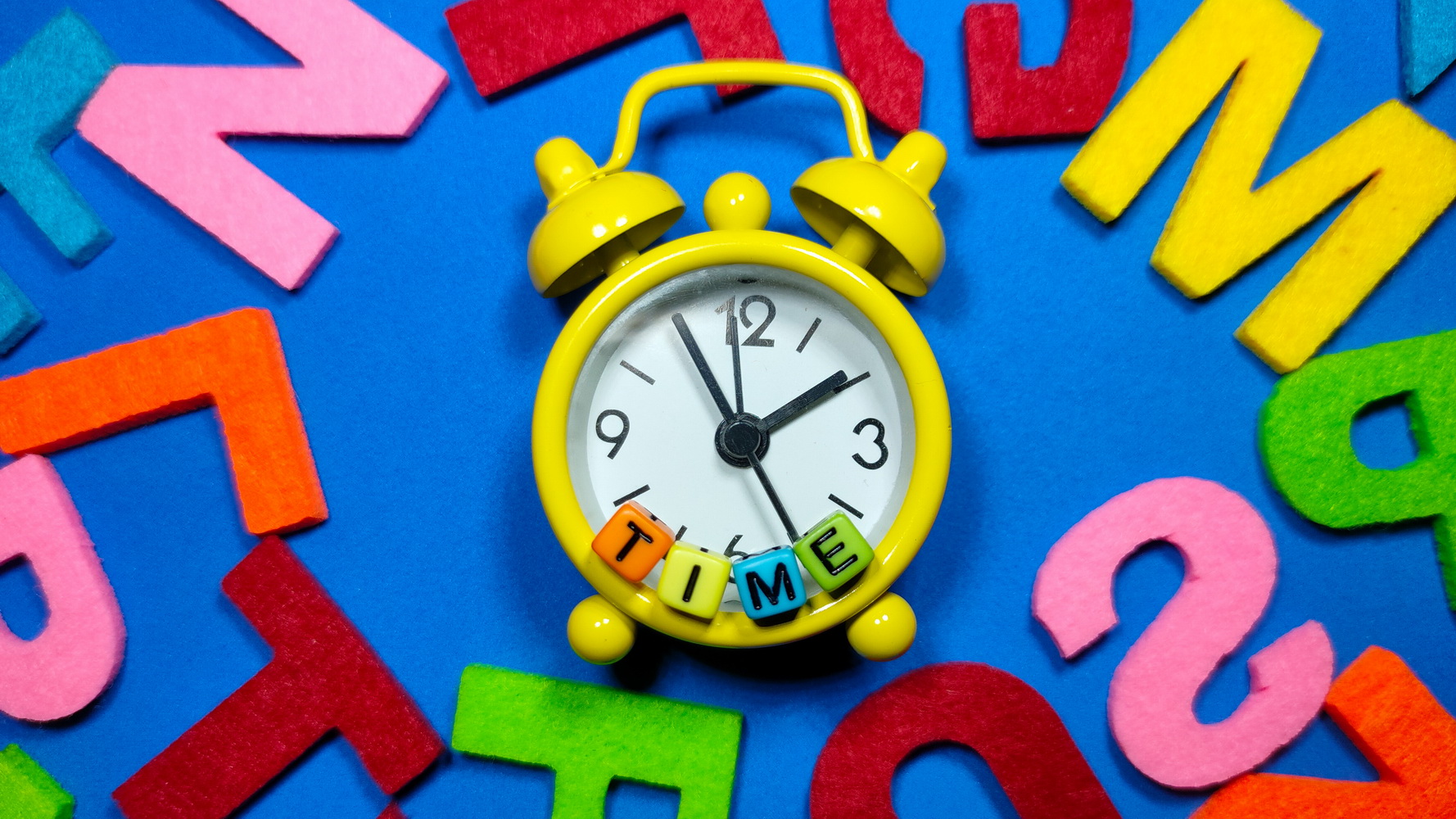Spatial awareness Worksheets for 5-Year-Olds
29 filtered results
-
From - To
Empower your child’s spatial awareness with our specially designed worksheets for 5-year-olds! Our engaging activities help young learners grasp essential concepts like shapes, sizes, directions, and positions, building a strong foundation for future learning. Through drawing, matching, and puzzle tasks, kids enhance their understanding of the world around them. Creative, colorful exercises make learning fun and effective, boosting confidence and cognitive skills. Perfect for preschool and kindergarten readiness, our worksheets cater to varied learning styles, ensuring every child can thrive. Download now and watch your child’s spatial abilities flourish with engaging and educational fun!
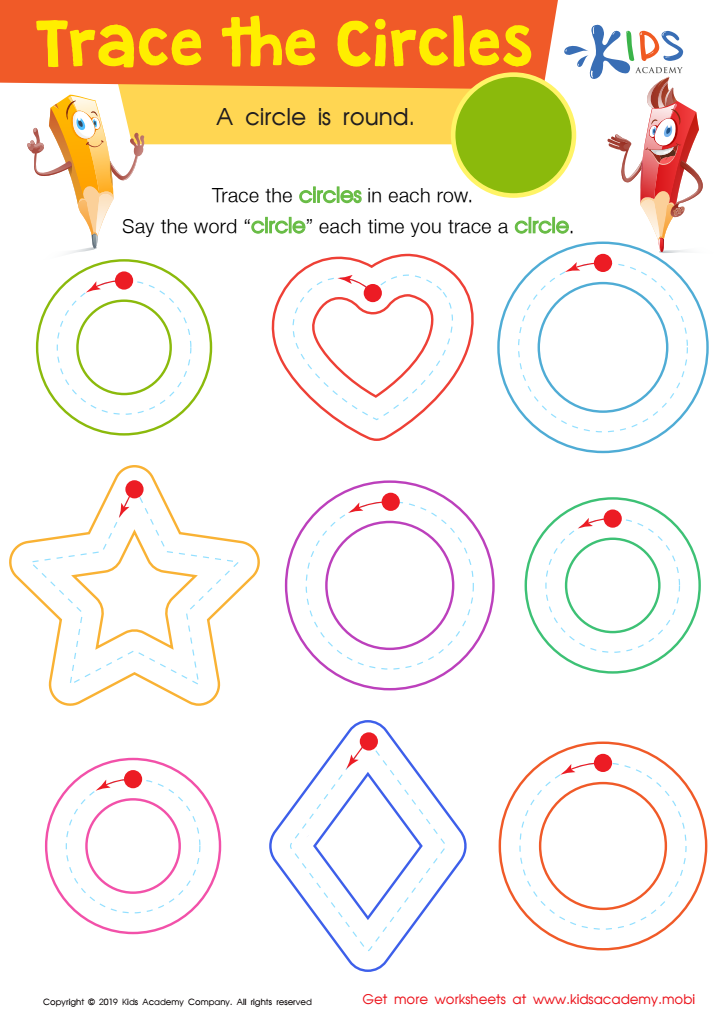

Trace The Circles Worksheet
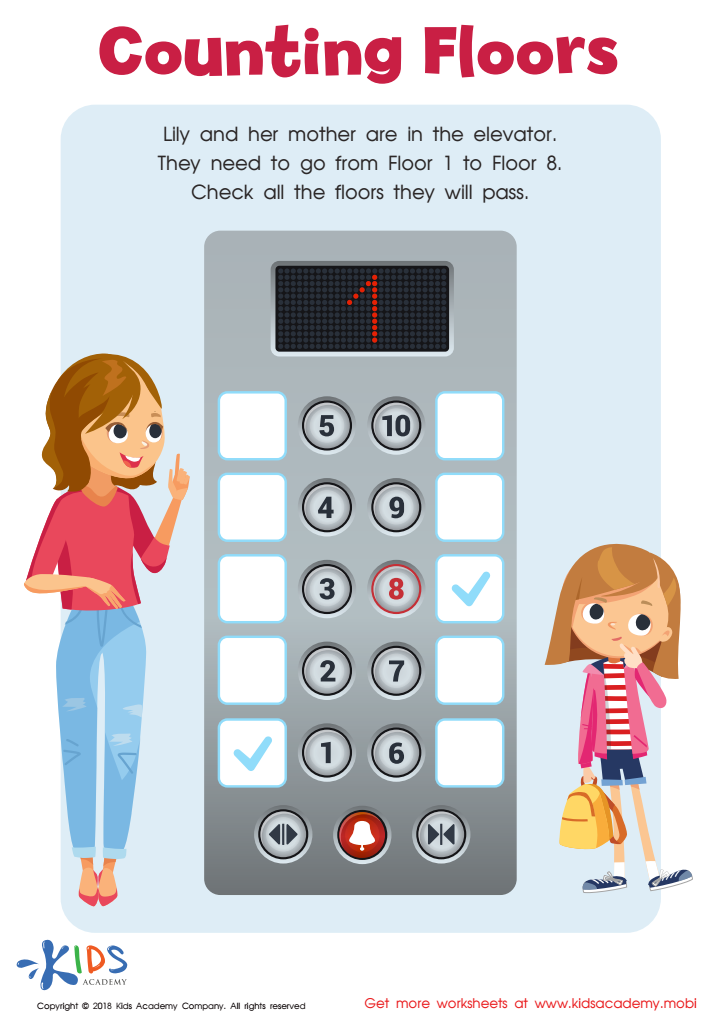

Counting Floors Worksheet
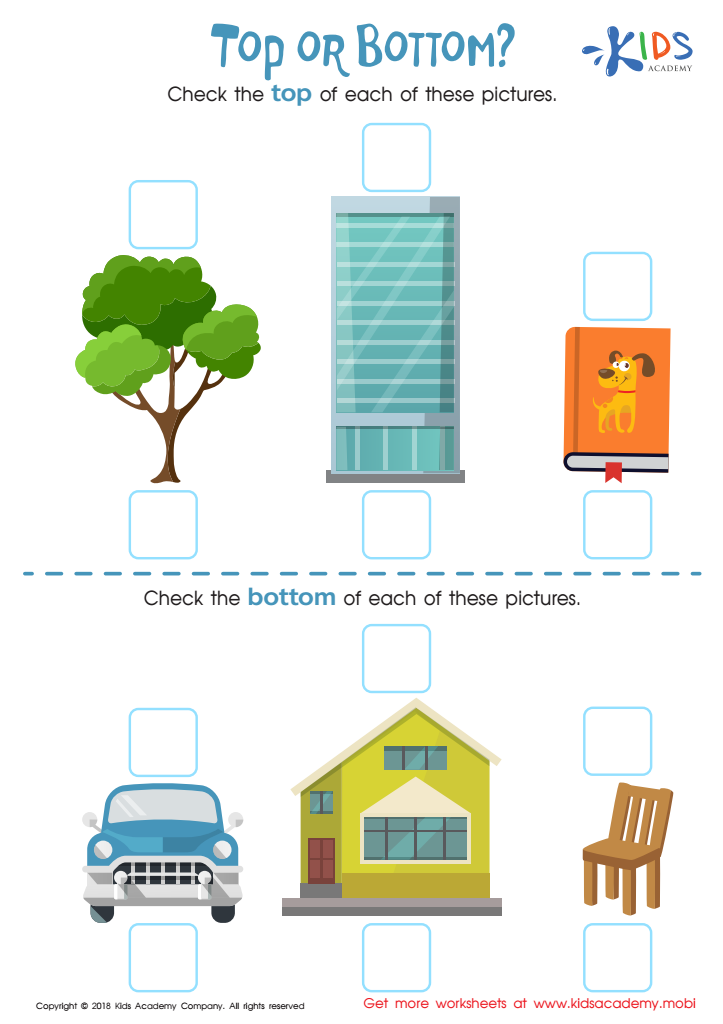

Top or Bottom Worksheet


Uppercase Letters Maze Worksheet
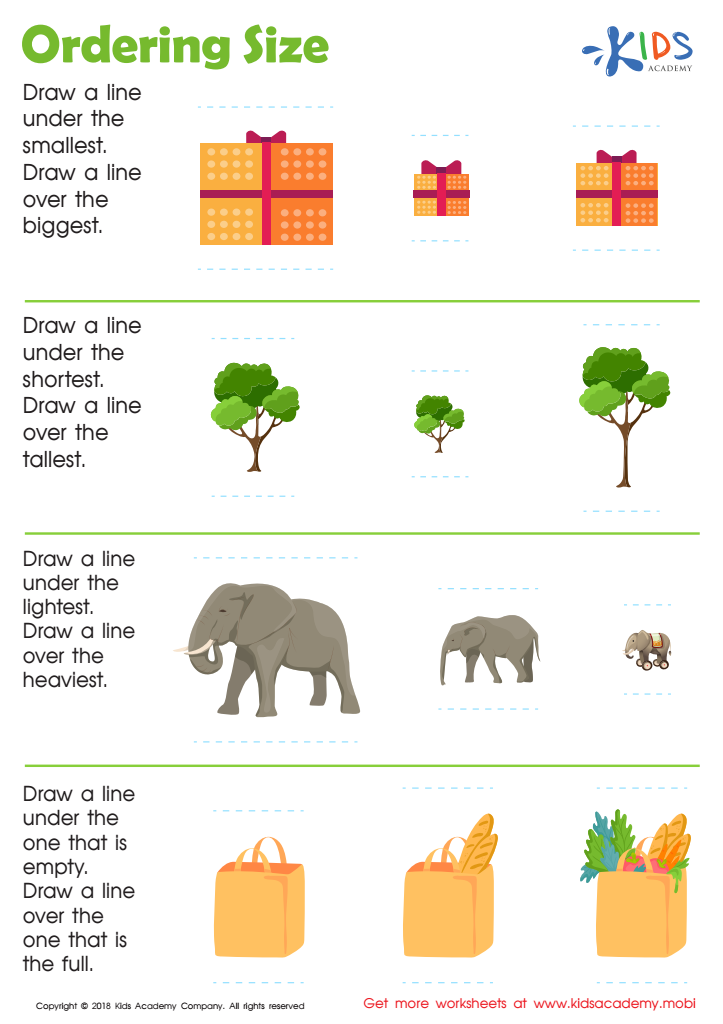

Ordering Size Worksheet


Tracing and Spacing: Assessment 1 Worksheet
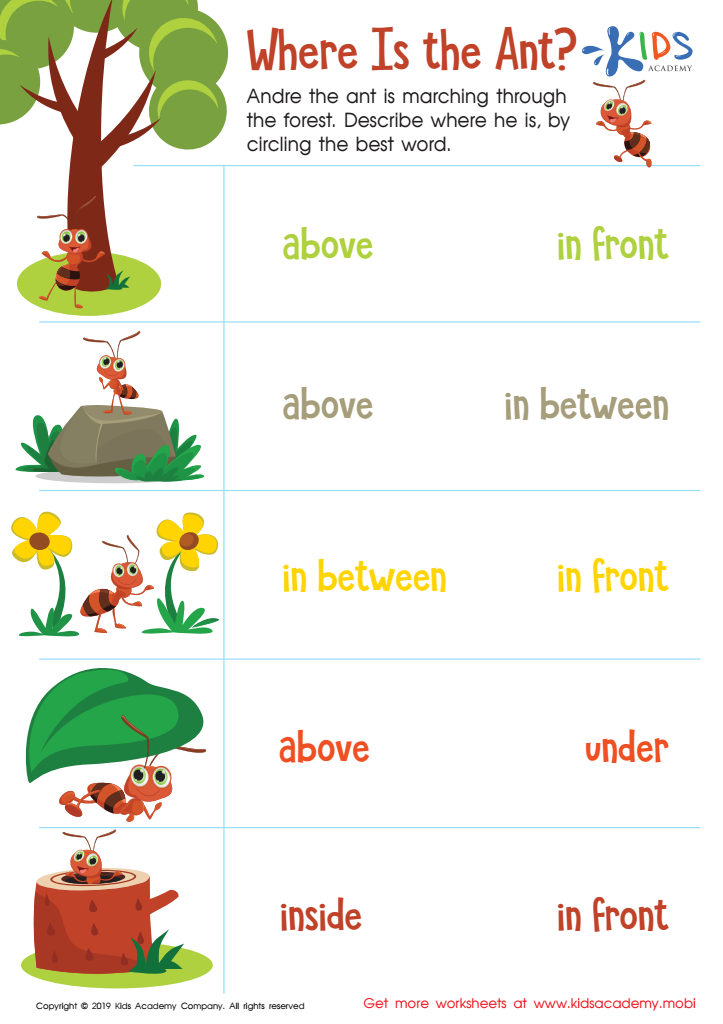

Where Is the Ant? Worksheet


Color the Ducklings near the Pond Coloring Pages
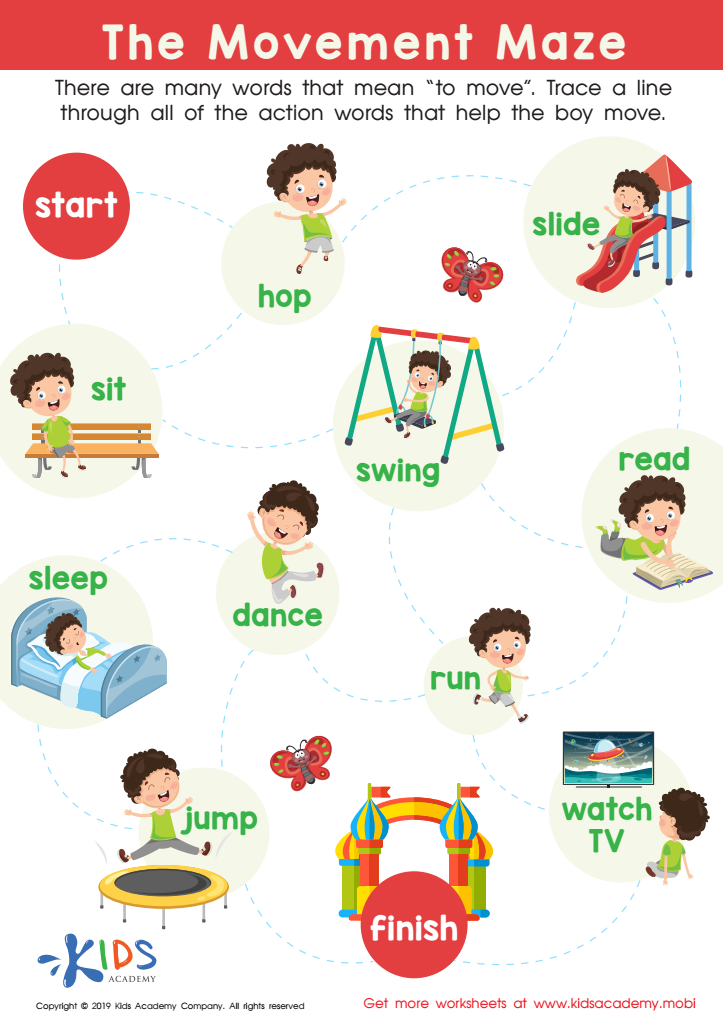

The Movement Maze Worksheet
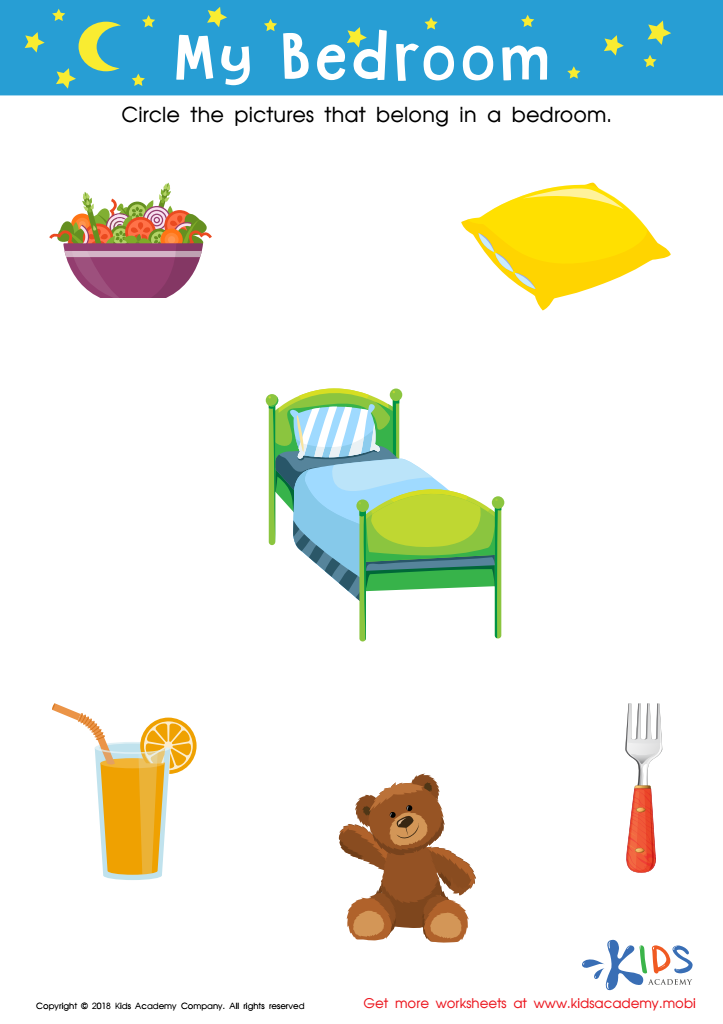

My Bedroom Worksheet
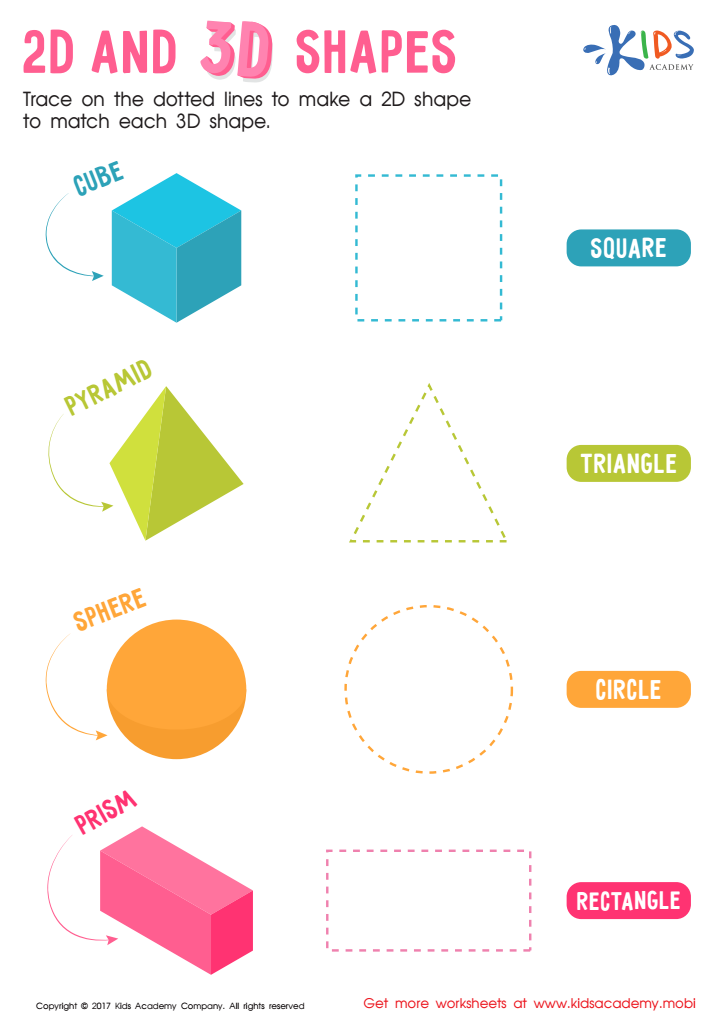

2D and 3D Shapes Worksheet
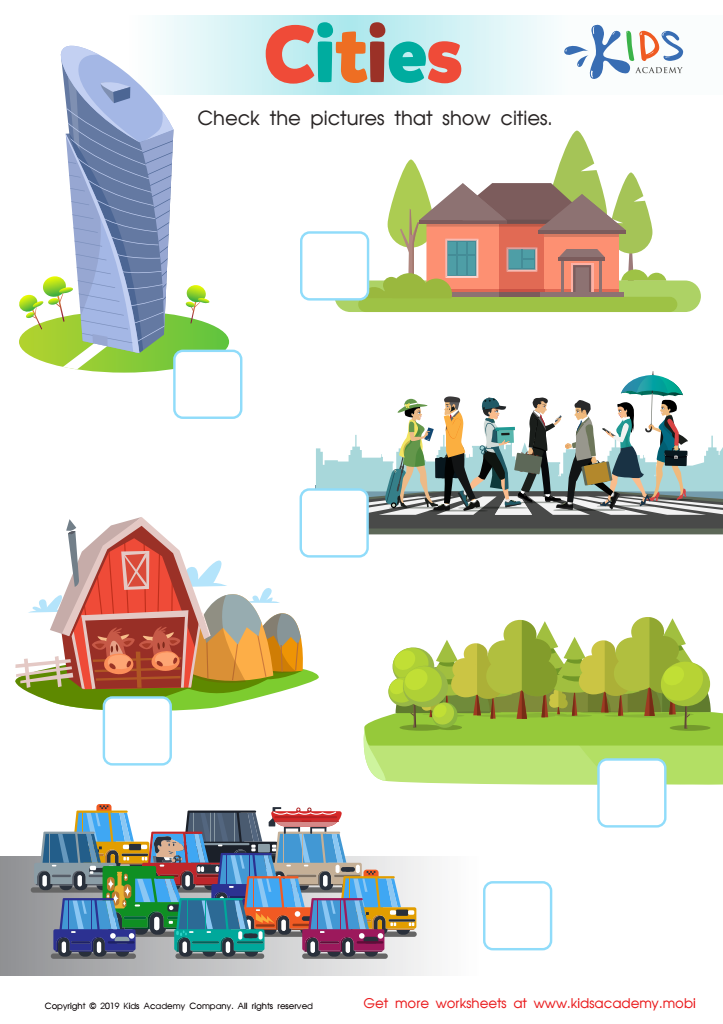

Cities Worksheet
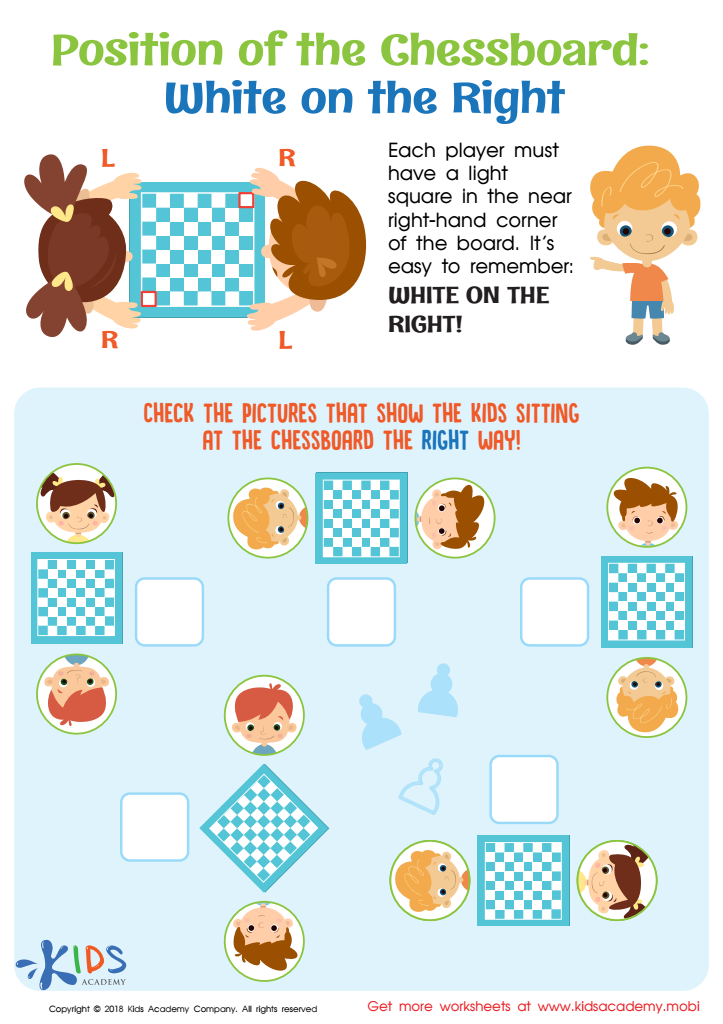

Position of the Chessboard: White on the Right Worksheet
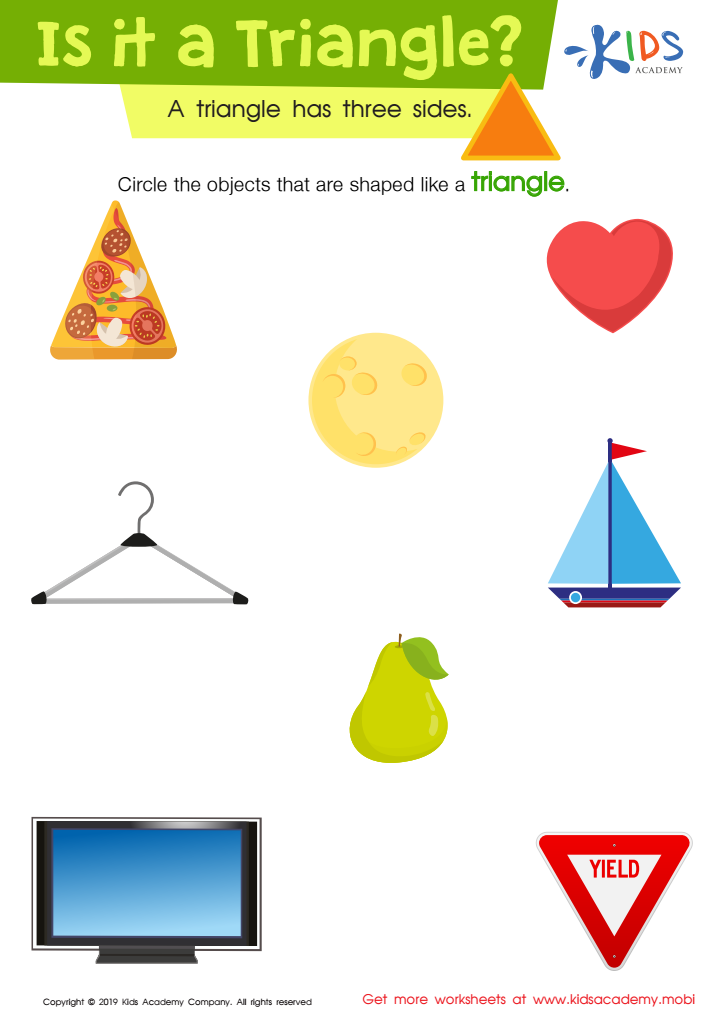

Is It a Triangle? Worksheet
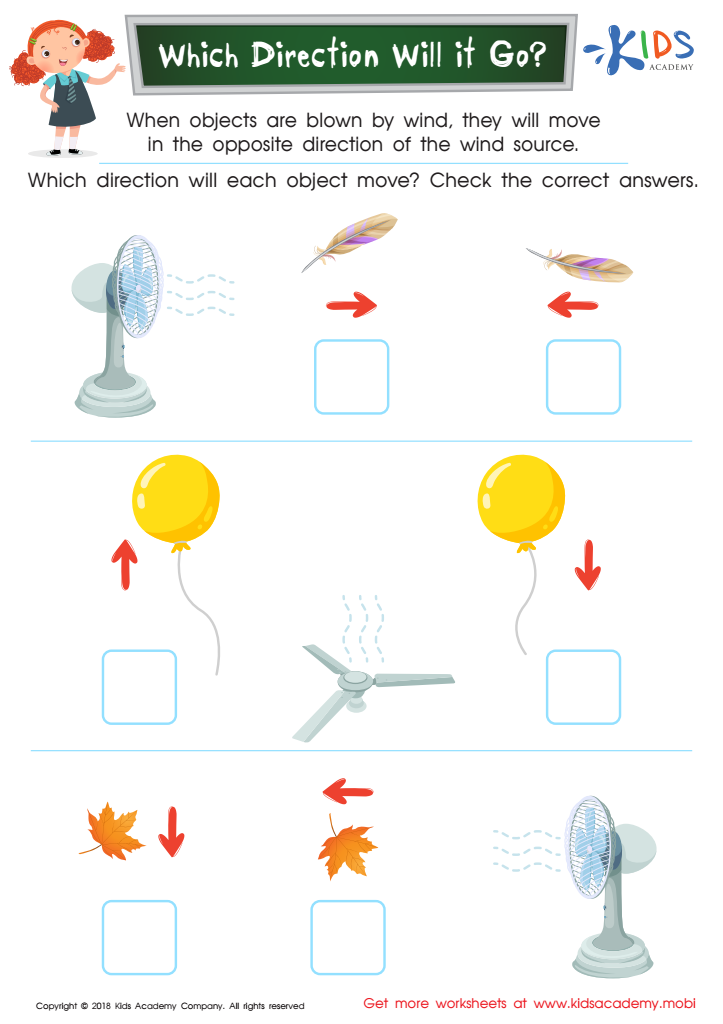

Which Direction Will it Go? Worksheet
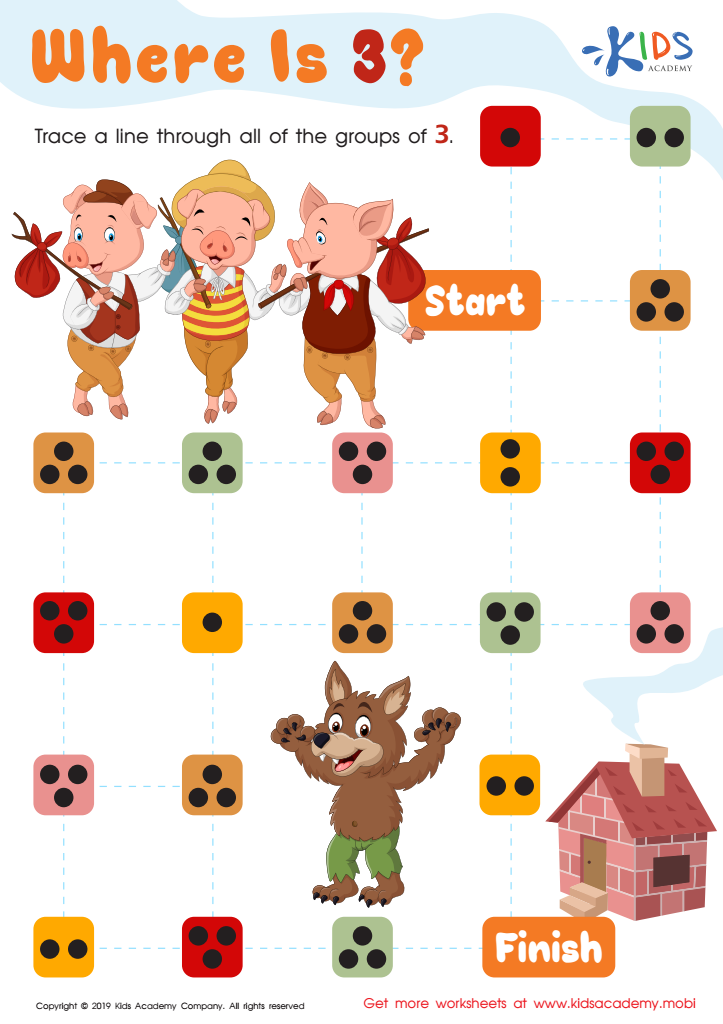

Where Is 3? Worksheet
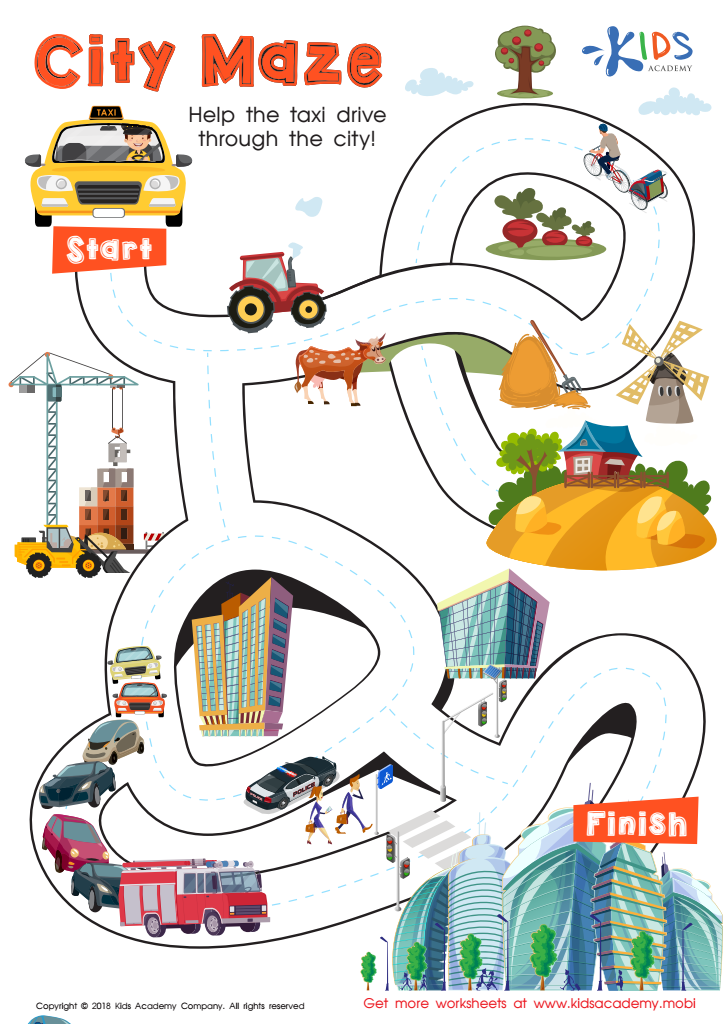

City Maze Worksheet
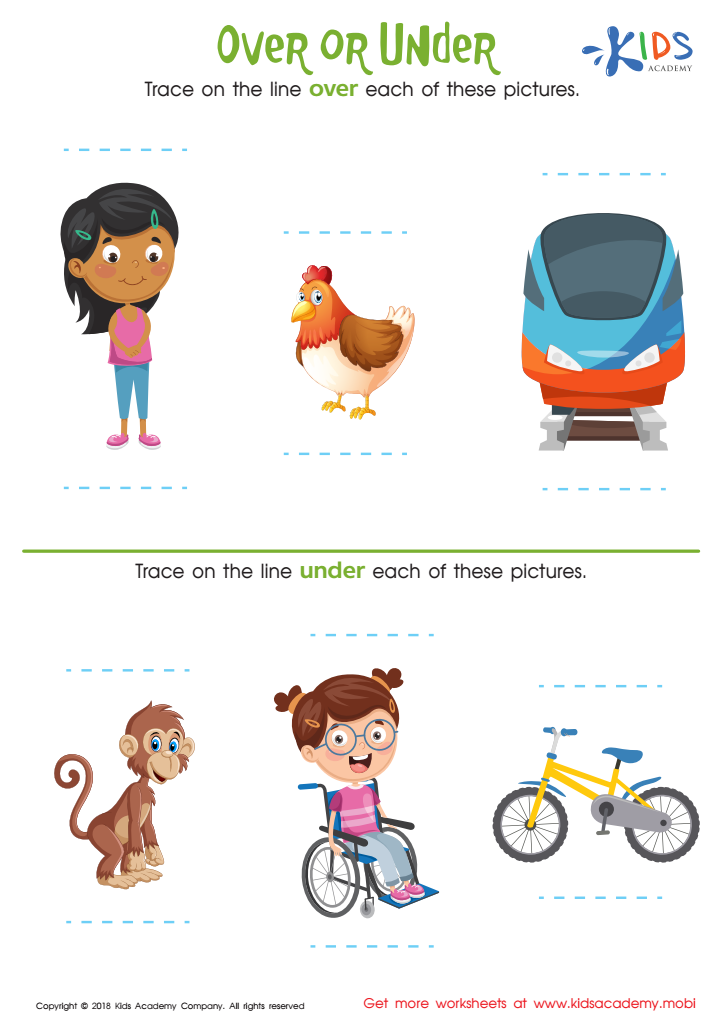

Over or Under Worksheet
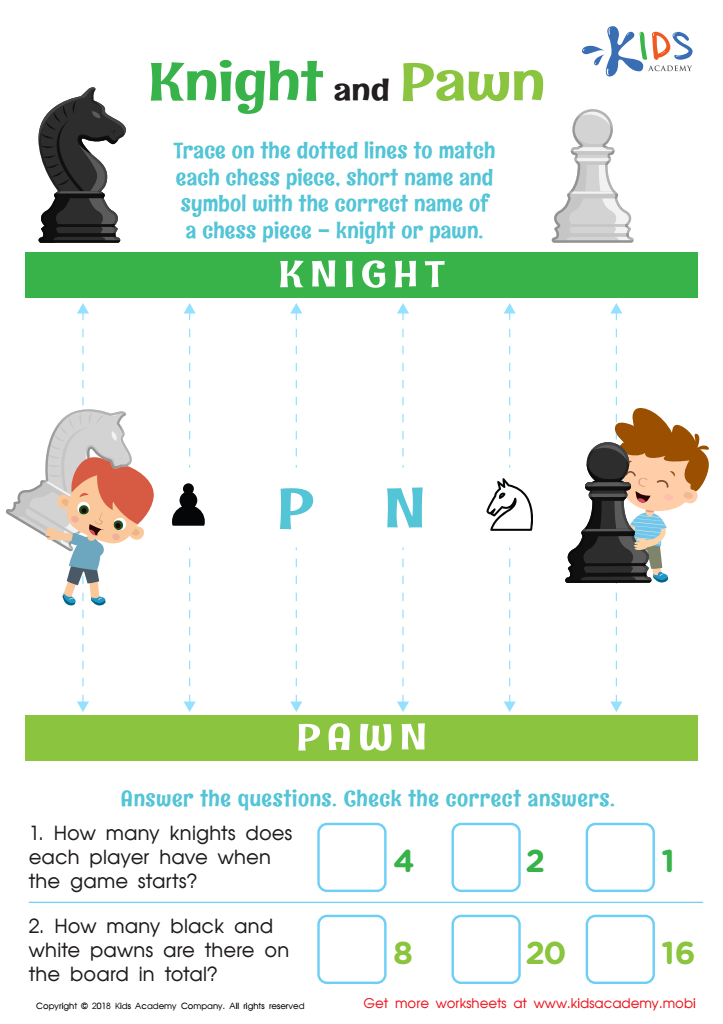

Knight and Pawn Worksheet
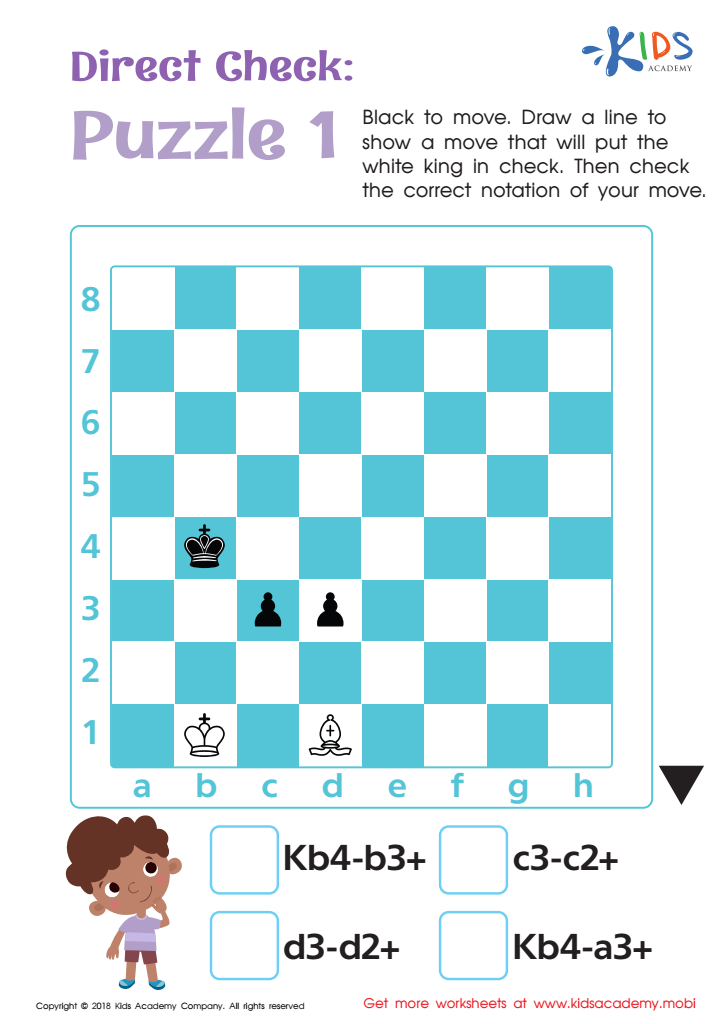

Direct Check: Puzzle 1 Worksheet


In Front or Behind Worksheet
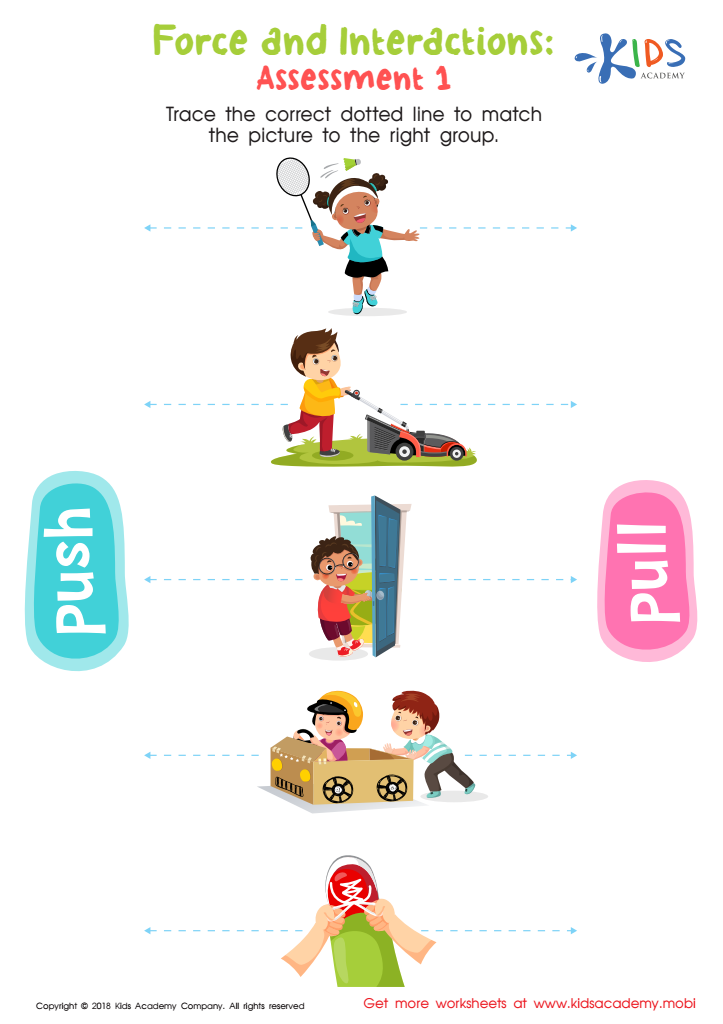

Force and Interactions: Assessment 2 Worksheet
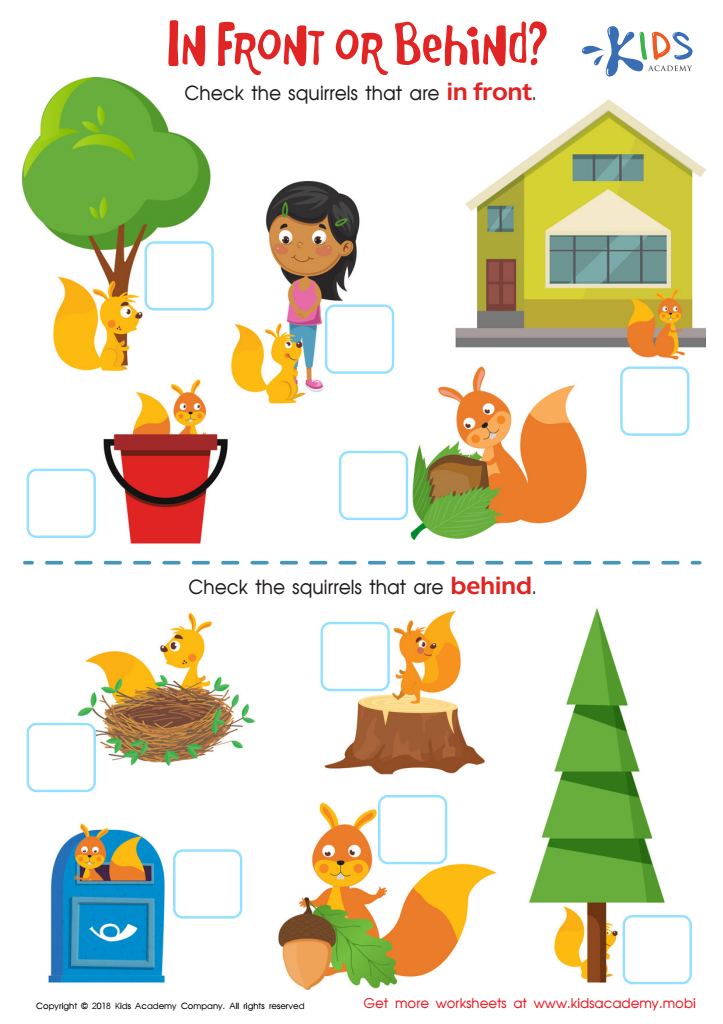

In Front or Behind: Part 2 Worksheet
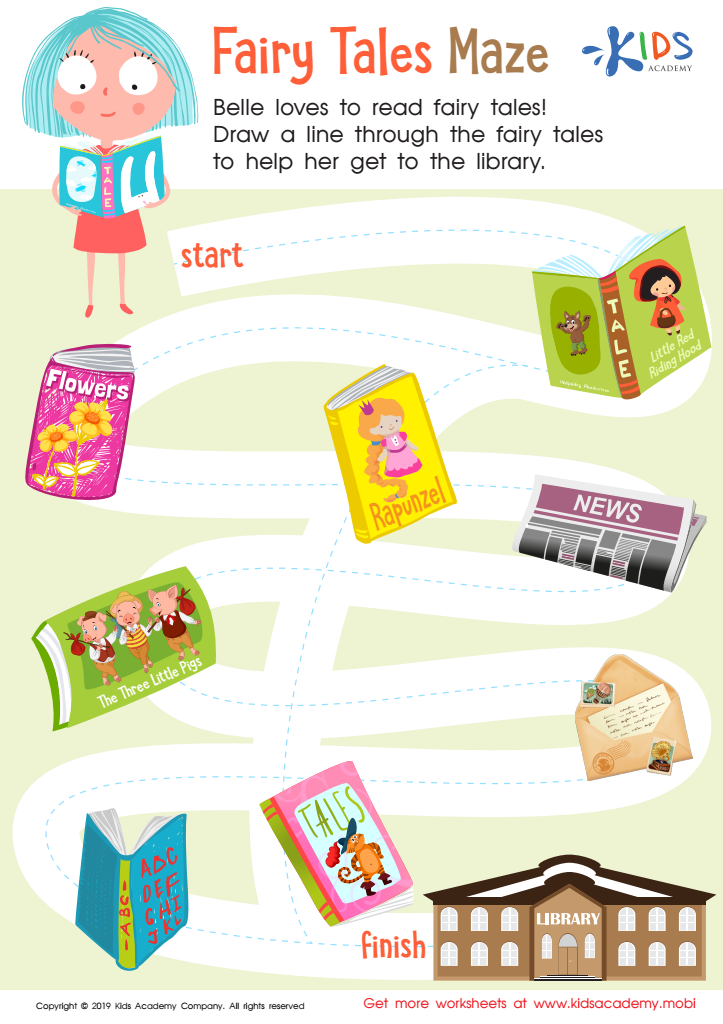

Fairy Tales Maze Worksheet
Spatial awareness is crucial for the development of 5-year-olds as it underpins various fundamental skills they will utilize throughout their life. At this age, children are rapidly developing their cognitive, motor, and social abilities, all of which are intertwined with spatial awareness.
First, spatial awareness helps children understand their relationship with the world around them, improving their ability to navigate environments. This skill is essential for everyday activities such as playing games, organizing belongings, and moving safely through different spaces.
Moreover, spatial awareness enhances fine and gross motor skills. Fine motor skills, such as writing or using scissors, require an understanding of spatial concepts like size and space. Gross motor skills, including running, climbing, and catching, are equally dependent on the ability to judge distances and positions.
In addition, fostering spatial awareness early supports academic learning, especially in subjects like mathematics and science. Concepts such as geometry, measurement, and even problem-solving all hinge on a solid grasp of spatial relationships.
Socially, children with well-developed spatial skills are better equipped for cooperative play and teamwork, as these activities often require understanding and negotiating space with peers.
Both parents and teachers play pivotal roles in developing spatial awareness by providing children with opportunities for hands-on, exploratory play and structured learning activities, thus laying a strong foundation for future development.

 Assign to My Students
Assign to My Students






